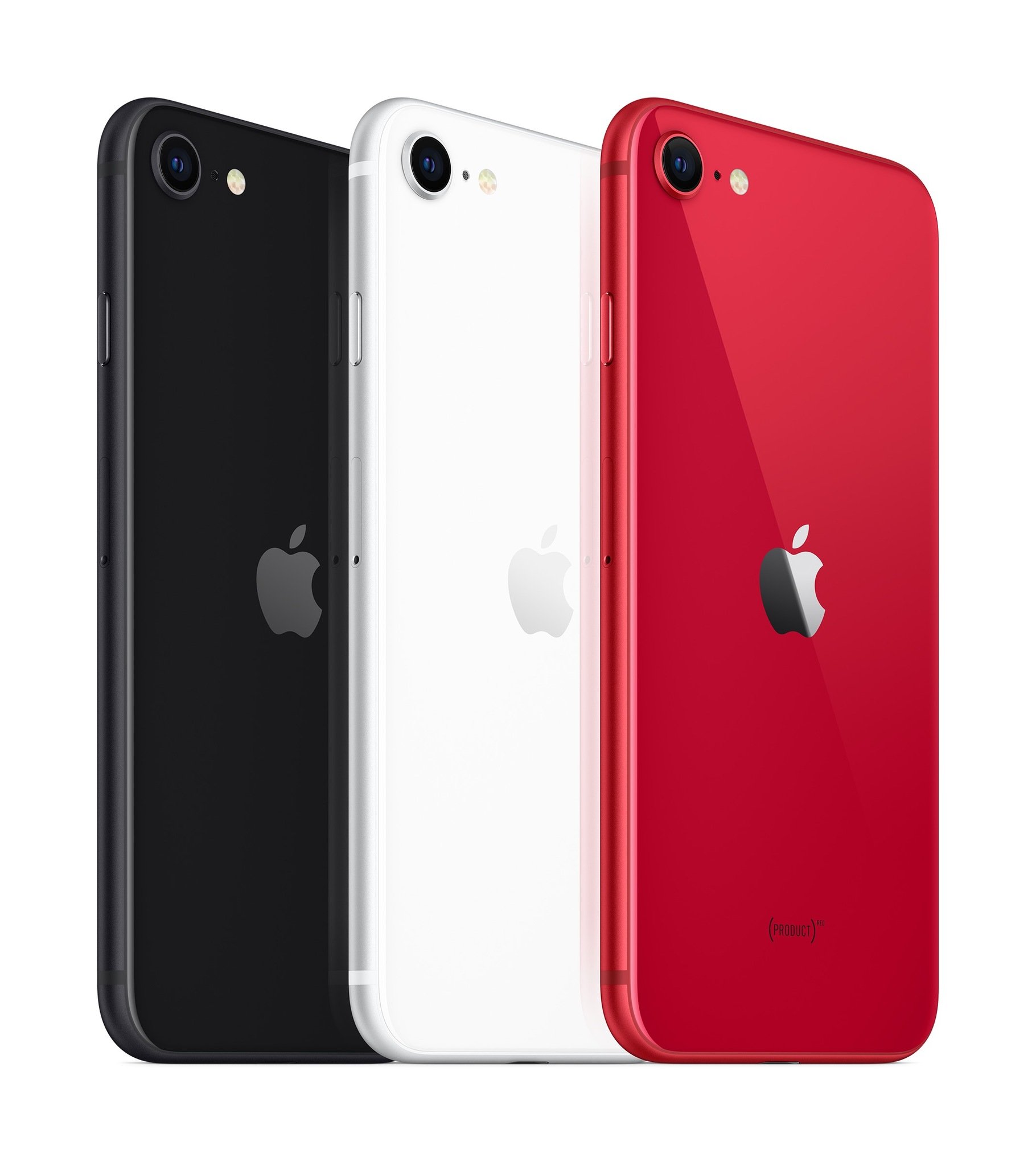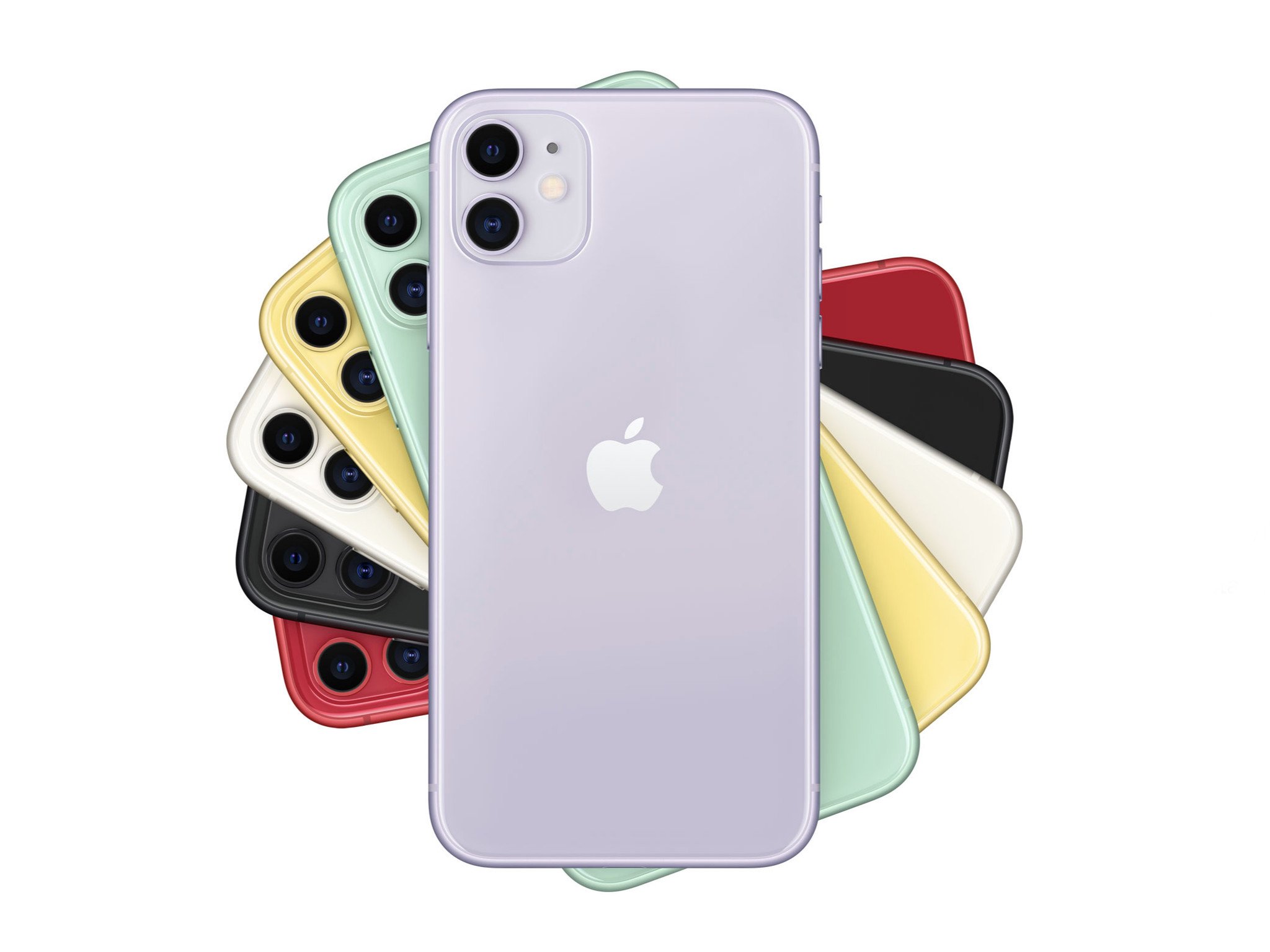iPhone SE vs. iPhone XR vs. iPhone 11 — FIGHT!
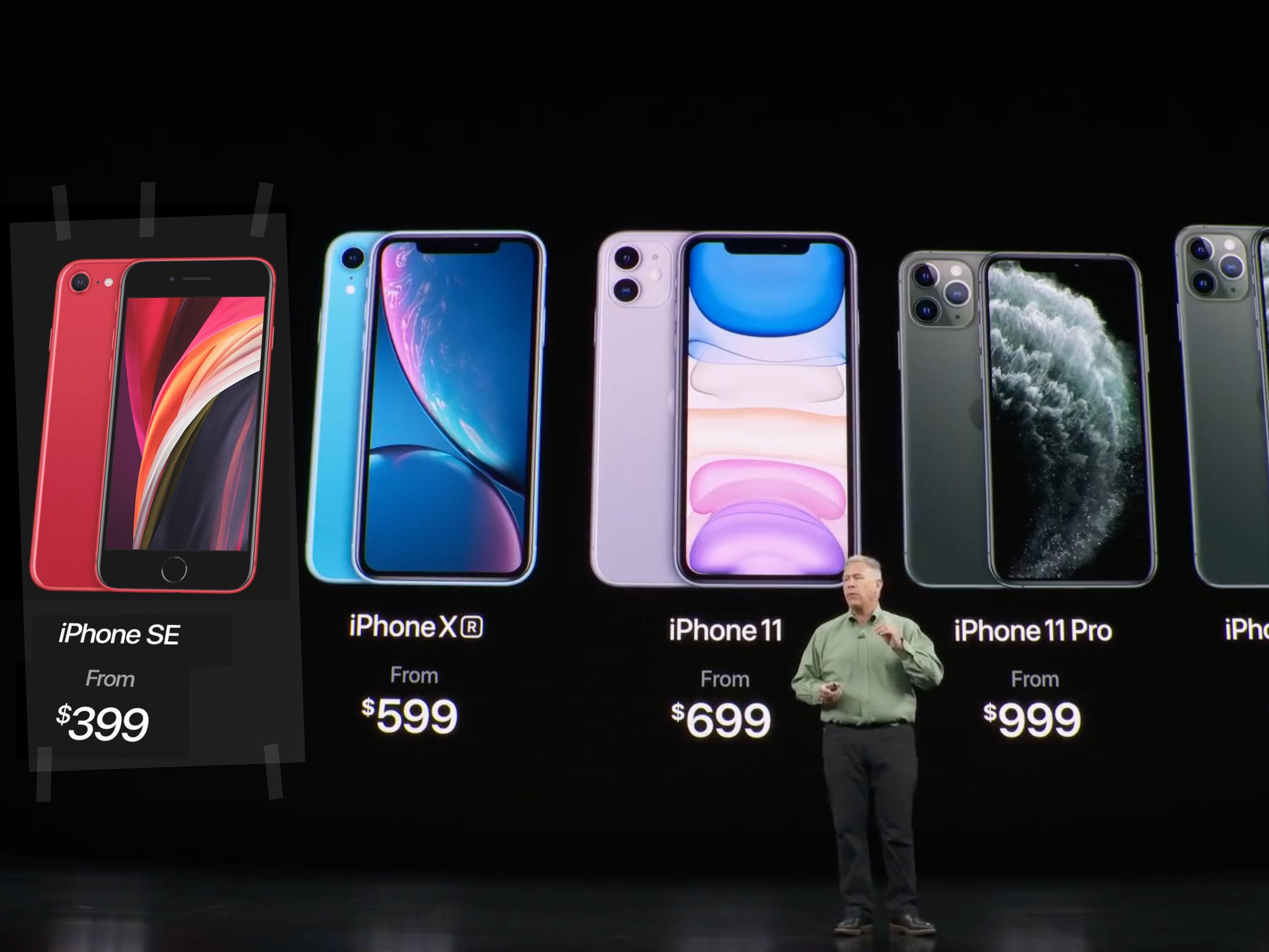
Apple's got a brand new iPhone SE and it starts at just $399. That's way less than any of the current flagships, including the iPhone 11 at $699, and even the previous generation iPhone XR at $599.
But, as anyone who watches this channel knows, price isn't the same as value. So, if you really do need to buy a new iPhone right now, now, now, which new iPhone will be the best value for you?
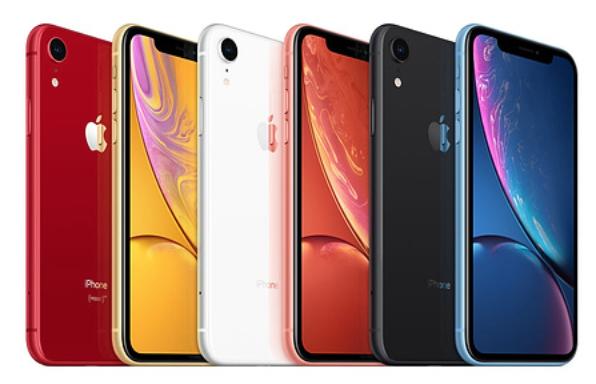
So many colors. So little bezels.
For $200 more than the low-cost iPhone SE, you can get Face ID, a larger screen size, longer battery life, and more color options. But you'll also get older camera technology, a slower processor chip, and no Home button. Is that important to you?
iPhone SE vs. iPhone XR vs. iPhone 11: Design
The original iPhone debuted with a big screen, big forehead, and big chin with a Home Button cleft right in the middle. And it stayed that way from 2007 to 2017, when Apple debuted the first full-screen iPhone X, no forehead, no chin, and no Home button. Like at all.
The iPhone SE represents that previous decade of design. It looks classic. Nostalgic. Old. And some people like things to look just exactly that way. Because it's also familiar… almost comforting. Any time you get lost in iOS or an app, you can just press the Home button and instantly jump back to the Home screen.
The iPhone XR and iPhone 11 both have the new, modern design. Fullscreen, with the display stretching much closer to the edge. And with a full-on gesture-navigation system that you can't really see but, if you get used to it, can be incredibly fast, fluid, and flexible.
Now, this is going to be one of the most subjective categories because some people hate change and others hate being bored. Some want the same and others want different. Some want a place on the phone to rest their fingers without worrying about touching the screen, and a visible Home button they can not only feel but see. Others just want to watch the world burn. And by world, I mean as much of the bezels as absolutely possible.
So, If you want that classic Home button navigation, and don't care like at all about the forehead and chin, you want the iPhone SE.
iMore offers spot-on advice and guidance from our team of experts, with decades of Apple device experience to lean on. Learn more with iMore!
But, if you want the modern gesture navigation, and the more expansive display, you want the iPhone XR or iPhone 11.
iPhone SE vs. iPhone XR vs. iPhone 11: Biometrics
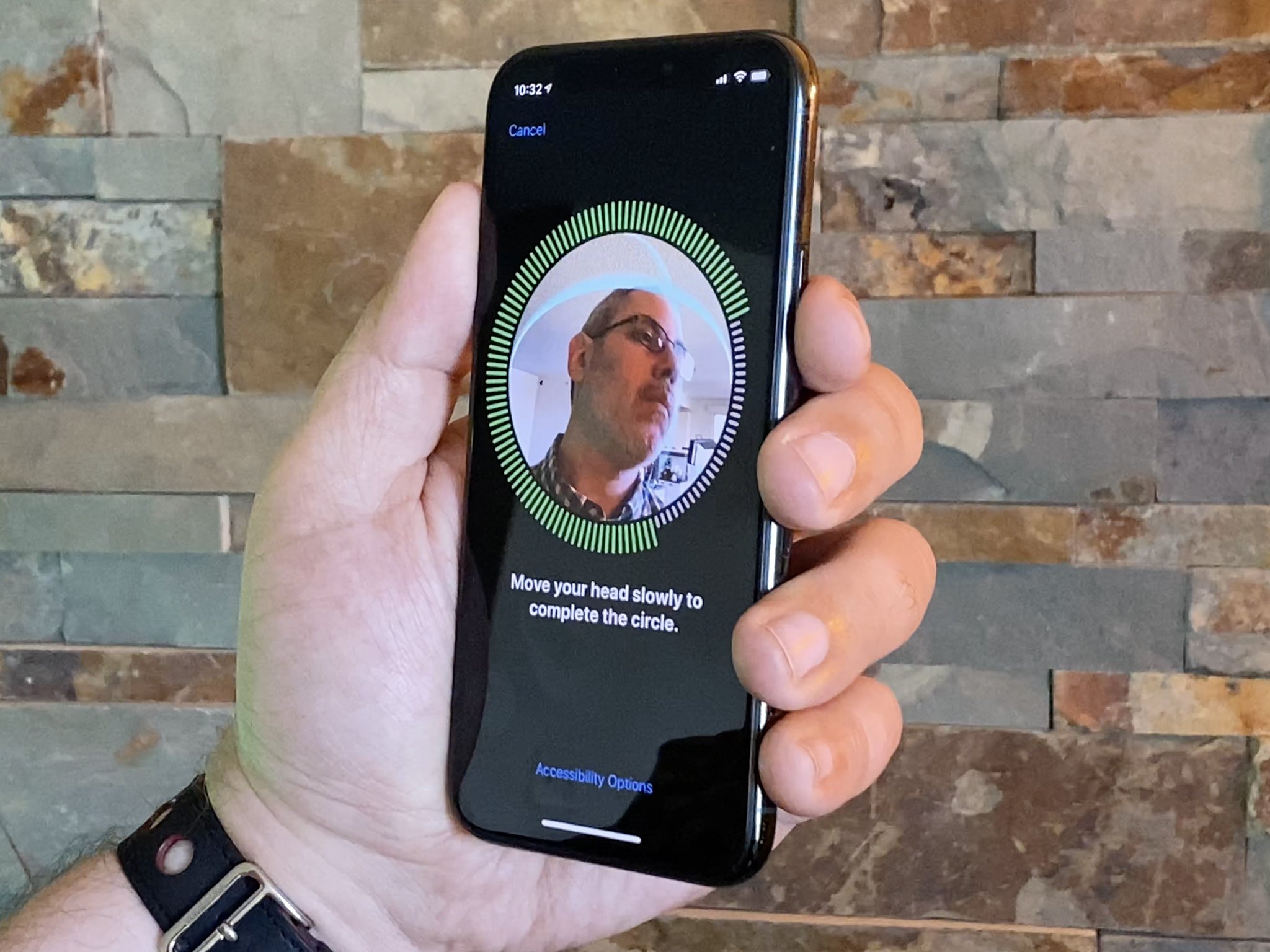
The iPhone SE use Touch ID, a biometric fingerprint identification system, for more convenient authentication. That means, when you put your finger down on the Home button, the capacitive ring triggers a photo of the ridges and swirls on your finger, turns that into math, sends it to the Secure Enclave, compares it with the registered prints on file, and if it matches, releases a token that unlocks your phone or app or approves your transaction.
As long as your finger can reach the sensor, you can unlock it, even if you're not looking at it. But, you can't be wearing gloves and it can be sensitive to moisture levels if your finger is excessively damp or dry.
The iPhone XR and iPhone 11 use Face ID, a biometric facial geometry scanner for the same convenient authentication. In this case, when you look at the front-facing camera, a dot projector, illuminator, and infra-red sensor combine to take a 3D snapshot of your face, converts that data into math, sends it to the Secure Enclave, uses a neural engine to compare it with the facial geometry on file, and if they match, releases the same kind of approval token.
As long as the front-facing camera can see your open eyes and nose, you can unlock, even if you're not touching it. But, you can't be wearing polarized sunglasses or a mask that covers your nose and it can be sensitive to direct sunlight blinding the sensor.
All of these things on Touch ID and Face ID can be worked around, of course, but depending on how you live your life, one could be much more convenient, and way less of a pain than the other.
When everything goes right, Face ID can seem almost invisible. You just pick up your phone or trigger Siri and it's already unlocked. But if something goes wrong and it can't see your face clearly, it can be frustrating. Touch ID always requires you to touch and press, but when you do, it almost always just works.
So, if using a fingerprint is easier, you're going to want to use an iPhone SE.
But, if scanning your face feels the just effortless, you're going to feel the iPhone XR or iPhone 11.
iPhone SE vs. iPhone XR vs. iPhone 11: Colors
You're just going to stick it in a case anyway…
No, YOU'RE just going to stick it in a case anyway. I'm going to keep my iPhone naked the way nature and Steve Jobs intended.
But, yeah, I'm going to stick it in a case, at least some times, and you know what, I'm still going to see the actual phone color flashing me around the camera and ports and damned if it's not going to be an actual phone color I like.
So, the iPhone SE comes in white, black, and Product RED.
The iPhone XR comes in those three core colors, plus sky blue, yellow, and coral orange.
The iPhone 11, comes, again, in the same core colors, but the other options are yellow, lavender purple, and mint green.
So, if you're happy with white, black, or red, you'll be happy with any of these iPhones, SE, XR, or 11.
If you really, really want blue or orange, you're going to have to add a few ticks to the iPhone XR column.
If you're all about that purple or green, though, then those ticks gotta go in the iPhone 11 column.
iPhone SE vs. iPhone XR vs. iPhone 11: Performance
Here's where things get interesting.
As classic as the new iPhone SE is on the outside, it's all-new under the hood. In other words, it has the exact same A13 Bionic system-on-a-chip, the same custom processor, graphics, neural engine, accelerator blocks, and controllers as the iPhone 11 and iPhone 11 Pro.
Not clocked down. Not cut out. Not in any way. The same performance you get from the iPhone 11 you'll get from the iPhone SE. Almost. The iPhone 11 has 4 GB of memory and the SE, 3 GB.
The iPhone XR has the previous generation A12 Bionic. It's still one of the best chipsets on the market, because Apple is still way ahead of the market, but it's just not quite as high performance or as high efficiency as the iPhone SE or iPhone 11.
So, if you don't really care too much about one chipset generation, the iPhone XR will do you just fine.
If you want not just maximum performance right now, but for that performance to last for as many years as possible, you'll want the iPhone SE or iPhone 11.
iPhone SE vs. iPhone XR vs. iPhone 11: Battery Life
Even though the chipset in the iPhone XR is a year older, and the chipsets in the iPhone SE and iPhone 11 are the same, the battery life is a totally different story.
Now, Apple doesn't give out milliamp-hour data for their devices because, like Yoda, they just hate being judged me by my size do you'd.
They want to be judged by their performance. Because, if two devices have the same battery size but one lasts twice as long with the other, that's the part that really matters. So, we get workload numbers instead. And, yeah, rightly so.
According to Apple, the iPhone SE will tap out after about 13 hours of video playback. The XR will go for up to 16 hours. The 11, all the way up to 17 hours.
So, if you're always close to a charger, don't drive your phone too hard, or battery life simply isn't a big stressor for you, iPhone SE should still get you through most of your day.
But, if you do everything on your phone, you need it to last as long as possible between charges, and battery life is a big concern, you'll want the iPhone XR or iPhone 11.
iPhone SE vs. iPhone XR vs. iPhone 11: Cameras
And, here's where it gets complicated. Because the iPhone SE cameras are kind of all over the place.
So, instead of throwing a ton of numbers at you, numbers you could just as easily read off a spec sheet, I'm going to simplify things.
The iPhone XR has a really good single camera on the back, just not as good as the dual cameras on the back of the iPhone 11, which adds an ultra-wide-angle option, and probably not as good as the iPhone SE which…
...is a hybrid. A chimera. In terms of sensors and optics — the physical parts that make up the camera hardware — it's like the wide-angle on the iPhone 8.
But the image signal processor, which is what applies everything from auto white balance to Smart HDR, is exactly like the iPhone 11. Because A13 Bionic.
It's also got some new bits all its own, including and especially how it handles portrait mode on the front-facing selfie camera. It does Quick video, but, because of that sensor and this optics, it's also missing some things from the 11, like slofies and, yeah, sadly, Night Mode.
It does extended dynamic range video in 4K, but only up to 30fps like the XR, not 60fps, like the 11.
My guess is, the iPhone SE will end up producing as good as, if not slightly better, photos and video than the iPhone XR, but not as good or ultra-wide as the iPhone 11.
If you mostly just post on social media, Insta all the grams and Tik all the Toks, or take photos and videos of your family and friends but aren't too fussy about them, you'll be fine with either the iPhone SE or iPhone XR.
But, if your phone is your primary camera and you know you can never go back in time and get better memories of your most important moments, or you shoot professionally, you're going to want the iPhone 11.
iPhone SE vs. iPhone XR vs. iPhone 11: Price
Yes, the iPhone SE doesn't have the modern design. It doesn't have all the colors. It doesn't have the same battery life. And it sure doesn't have the latest camera hardware.
But what it has is the best chipset money can buy and a price tag that starts at just $399. That's $200 less than the starting price of the iPhone XR and $300 less than the starting price of the iPhone 11.
Sure, you get what you pay for. Those extra few hundred bucks will buy you a more modern design, more color options, longer battery life, and on the iPhone 11, better camera systems front and back. Plus a few bells and whistles like a U1 ultra-wideband chip that might be way more useful in the future.
But, sometimes, you really don't have to pay a lot for what you really need. Those extra few hundred bucks could stay in your pocket or pay for other things that are even more important to you right now.
So, here's my bottom line: If you really can't decide, or you really want the iPhone 11 but it's just out of reach. The iPhone XR is an ok middle ground. It's not as cheap as the SE or good as the 11, but that's why it's still in the lineup: If you want a modern iPhone but don't want to pay anything more than you absolutely have to for it.
But, really…
If you want the modern design, prefer Face ID, want the best camera possible to go with the fastest chipset and longest battery life possible, and still get one of the best deals available on that kind of package, basically anywhere, it's worth taking the iPhone to 11. Yeah, I said it. Starting at $699 and, if you can, throw in just $50 more for the 128 GB version.
If you prefer the classic design, really want Touch ID, are willing to compromise just a little on battery life and cameras, but still want top-notch performance and future-proofing, and the price really matters to you, the starting at $399 iPhone SE is the best, or certainly one of the absolute best, deals in phones today. And, again, if you can manage just $50 more, go for the 128 GB version.
Then use the money you save to buy an Apple Watch Series 3, 10.2-inch iPad, or a set of AirPods

Rene Ritchie is one of the most respected Apple analysts in the business, reaching a combined audience of over 40 million readers a month. His YouTube channel, Vector, has over 90 thousand subscribers and 14 million views and his podcasts, including Debug, have been downloaded over 20 million times. He also regularly co-hosts MacBreak Weekly for the TWiT network and co-hosted CES Live! and Talk Mobile. Based in Montreal, Rene is a former director of product marketing, web developer, and graphic designer. He's authored several books and appeared on numerous television and radio segments to discuss Apple and the technology industry. When not working, he likes to cook, grapple, and spend time with his friends and family.
